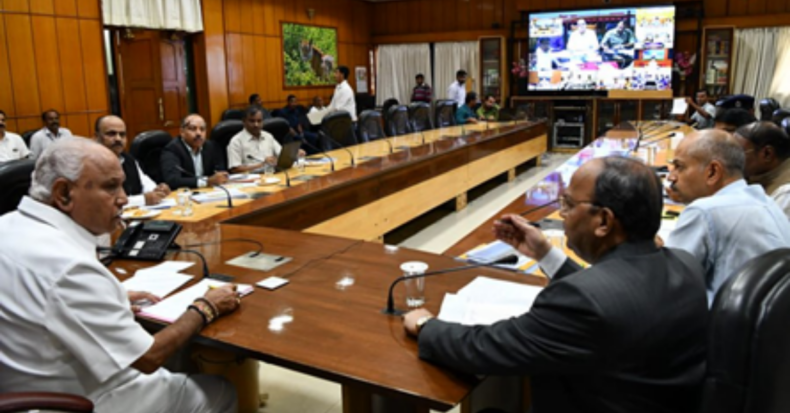Online education is a boon but a bane for many who do not have access to technology. But, online education also opened up a lot of possibilities for teachers and students. Good vision and time will show India the way ahead.
Higher authority analysis
On 6th October 2021, members of parliament, professors and erudite persons highlighted the need to open schools and colleges because online education somehow affects students learning.
The Parliamentarian’s group for children (PGC), with support from UNICEF and Swaniti, had organised a round table conference.
The central idea to organised this meeting was to discuss various steps that can e take towards child-centric pandemic recovery. So, that students can live their everyday school life.
A recent survey held in Maharashtra
Due to this Covid-19 pandemic, all the schools had shut for the last one and a half years. So, the Maharashtra government decided to re-open classes for students from grade 5 to grade 12 in physical mode.
According to the Maharashtra education department’s survey of India of 2020, 36% of the student have not had any study material to read and not having a good internet connection to attend online classes smoothly or regularly. 16% of the children were into child labour because due to Covid-19, their financial conditions were getting worse.
Gaurav Gogoi said that when children require the physical presence to learn and grow, even beyond the realms of a textbook, the pandemic forces them to live a life in solitude.
Closure of schools leads to significant loss
The negative impact of online education can see in a variety of things. The most important one is the technicality. It is very challenging for the students to adapt themselves from classrooms to platforms like google meet, zoom, Ms teams etc. primary school children face many difficulties grasping concepts as this system can cause social isolation.
Some students just joined the class and did not listen to whatever teachers were teaching. The best way to overcome all this is to re-open the schools to regain normalcy. Also, a lack of practical knowledge for the students, and the teachers experience a lack of communication.
In my opinion, it affects children health due to the consumption of so many hours of using the laptop and mobile phones. The negative impact of this distance learning outweighs the positive.
For whom to resume
Educational institutes could selectively restart, not in many students but small groups or 50% capacity.
Countries were taking approaches in deciding which students were eligible to come to school and were among the lower risk of infection category. For example –Delhi university opened the colleges for final year students with 50% capacity and asked the students to come to college for practicals only.
Students who are partially vaccinated should be allowed to attend colleges and schools. It is beneficial for students to resume the classes, but some professors found online teaching a good source of education.
Teachers who are at the urge of covid-19 should inform the educational authority before opening the schools and colleges.
Safety measures to acquire
Like workplaces around the world, schools will need to adopt and enforce heightened health and sanitation protocols. However, schools will likely confront trade-offs between effectiveness and feasibility in implementing such measures.
One should wear their mask consistently; however, it was tricky. Learning institutions should keep a regular check on the sanitation conditions of the campus.
Training and frequent reinforcement can help staff, parents, students, and entire communities stay updated on important health and sanitation practices.













